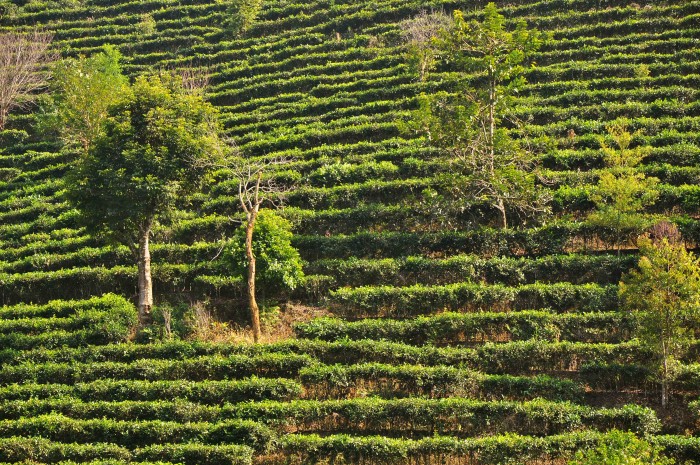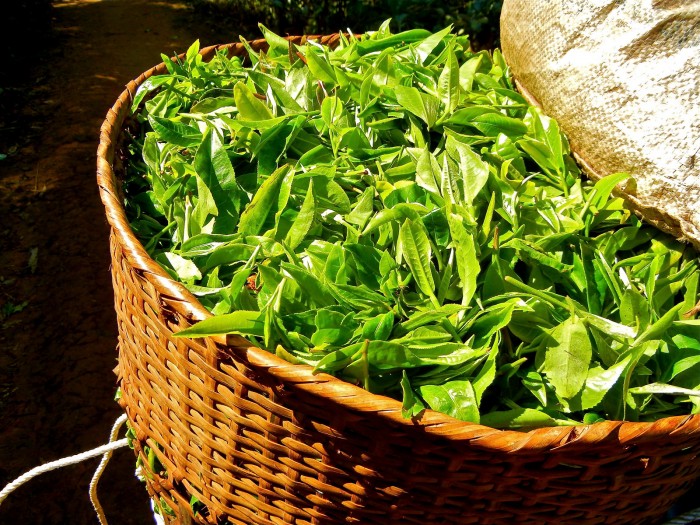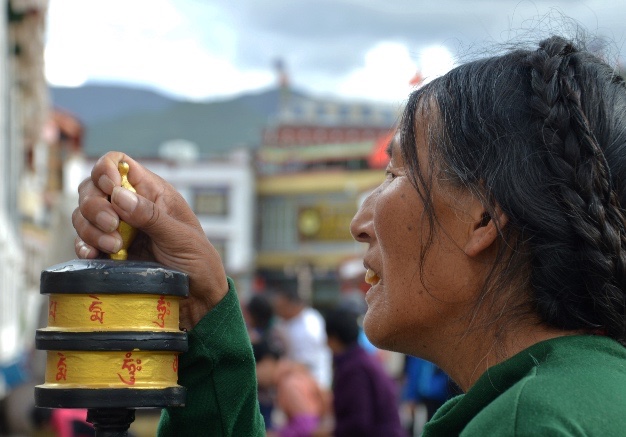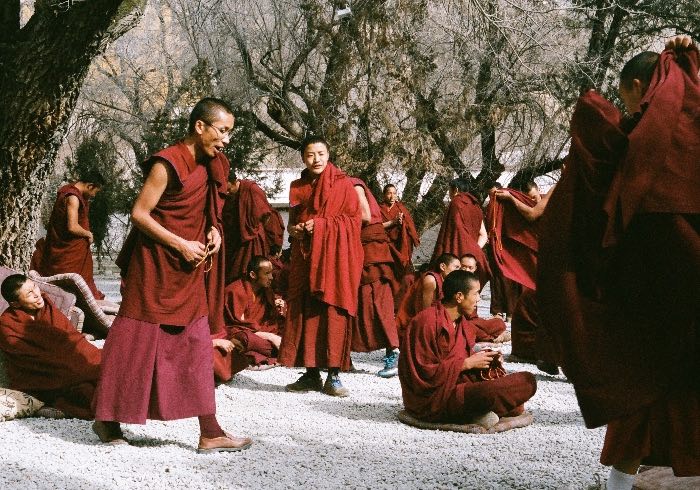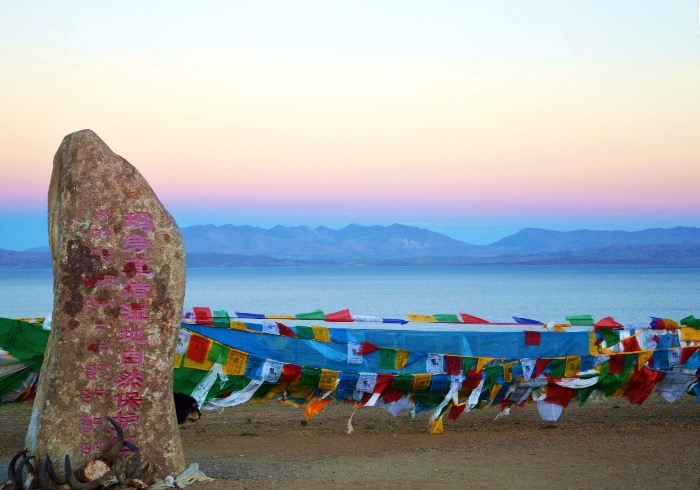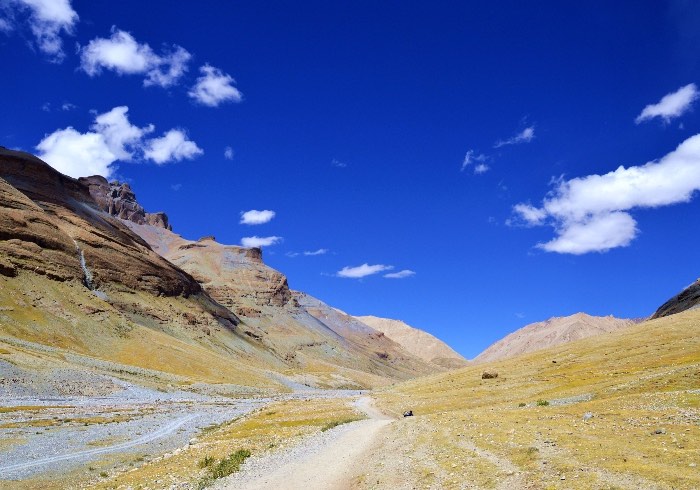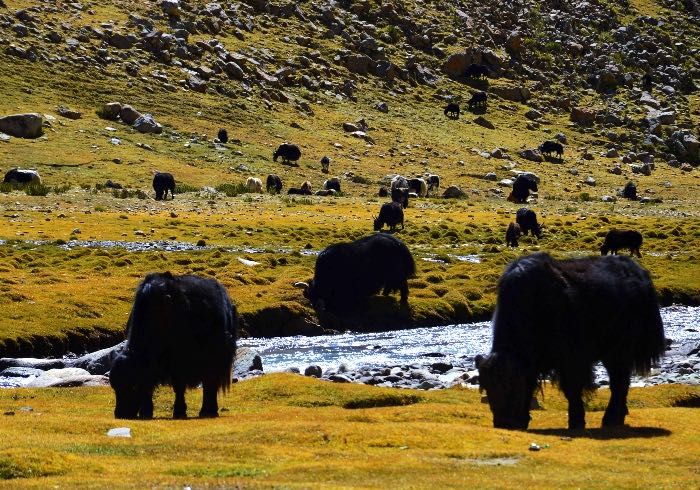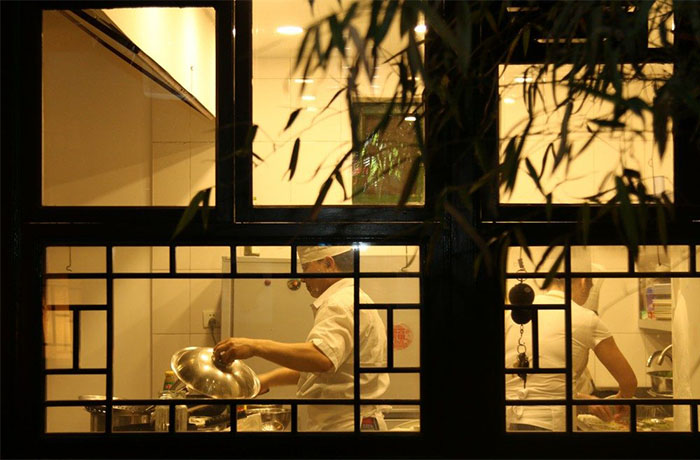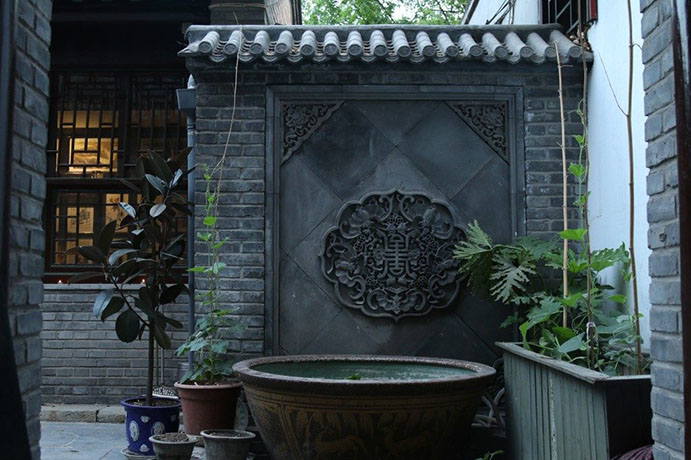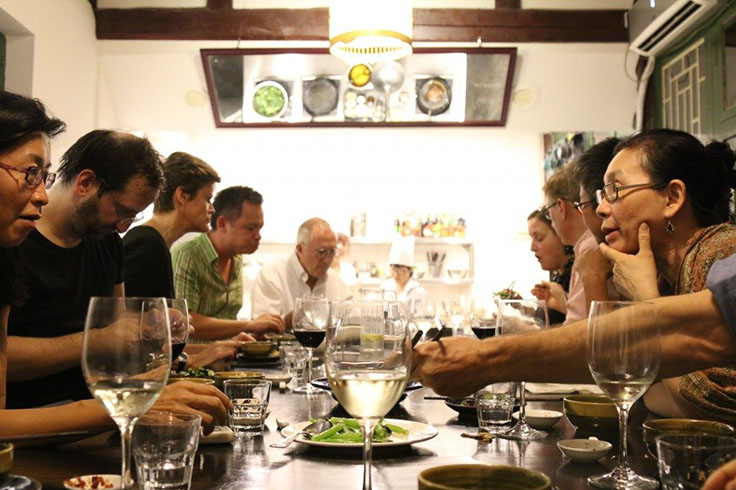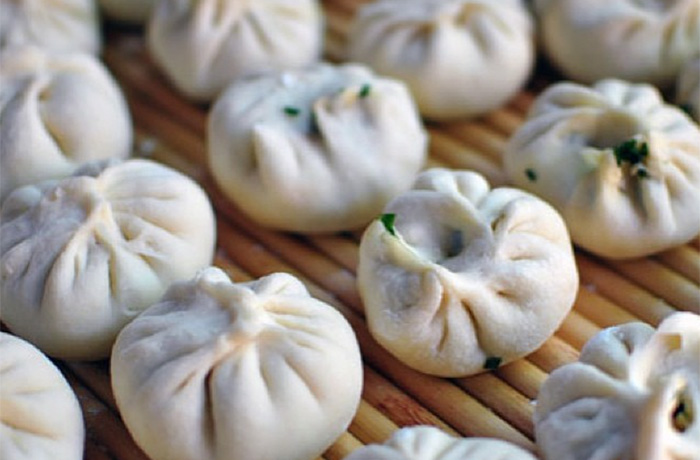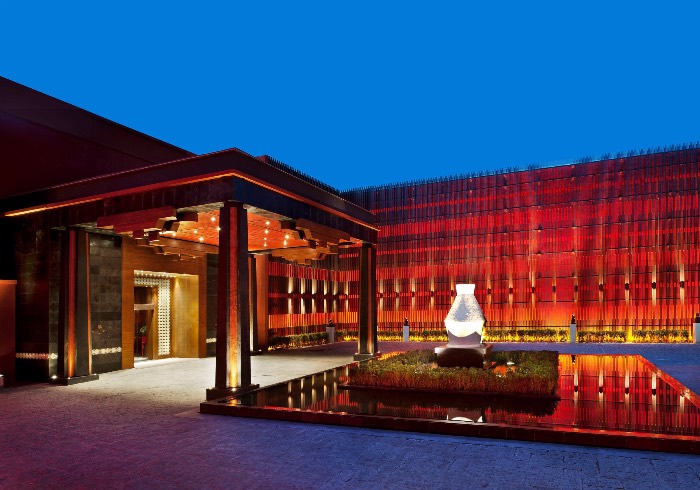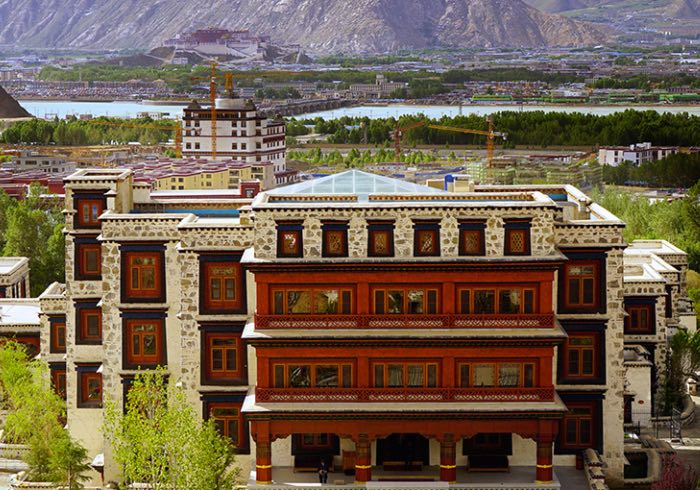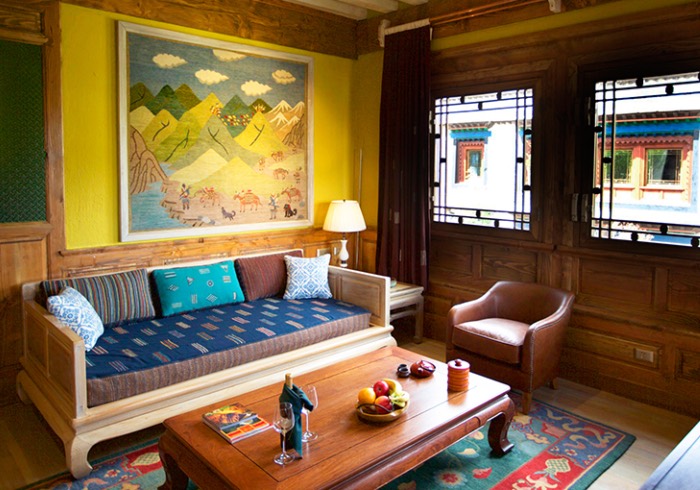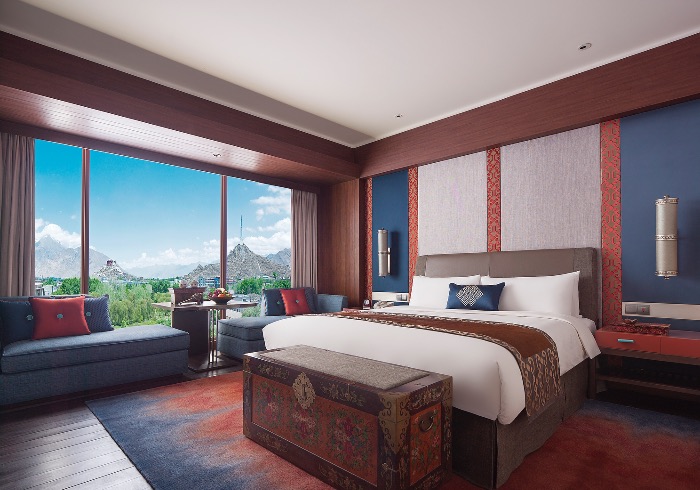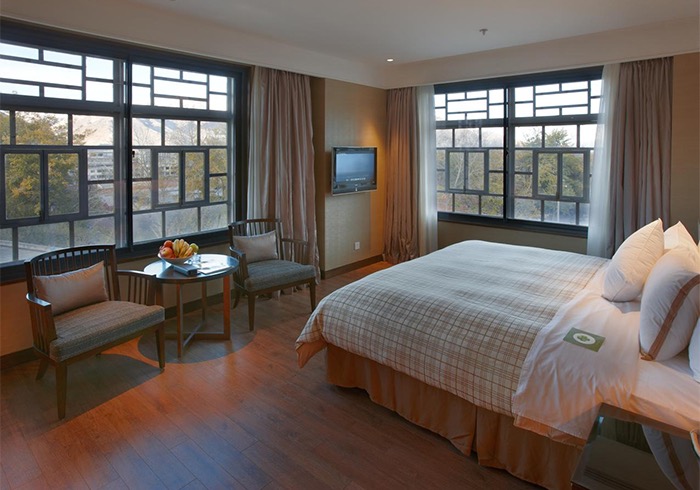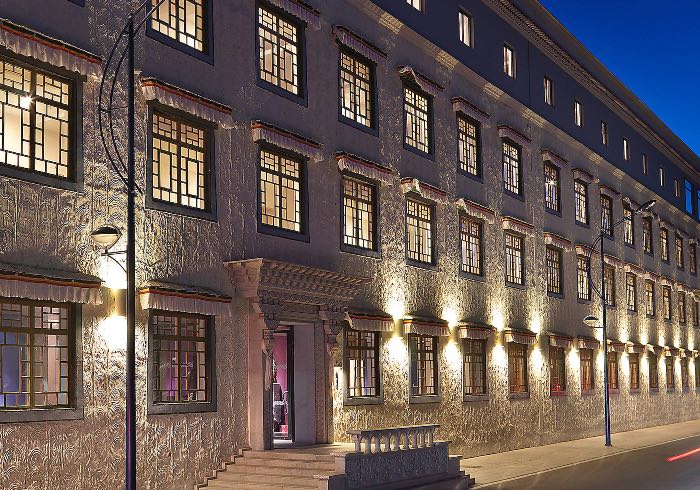While the fabled city of Shangri-La is said to be hidden somewhere deep in the mountains of Tibet, the real-life city actually lies in the southwestern province of Yunnan. Our newest journey was designed to allow you to truly drink in the experiences of this region – never hustling you along, but rather letting the trip leisurely unfold so the area’s atmosphere and nuances can be truly be appreciated. After all, there are some things that can’t be told – only experienced at a slower pace.
To introduce our new expedition across Yunnan, we’re sharing some of the places you’ll go and the people you’ll meet along the way.
First Stop: Lijiang
Located in Yunnan, meaning “South of the Clouds”, Lijiang is found just south of the Tibetan Plateau. This is one of China’s most diverse regions featuring a kaleidoscope of cultures, ecologies, and terrains.
If you’re only able to spend a single night here, you’re selling yourself short. To truly discover this ancient town, we suggest you enjoy a few different experiences outside of wandering through Lijiang’s old town. Lijiang is an excellent jumping off point for the serene landscapes and friendly villages just outside of town.
After exploring the Old Town, load up and journey just outside Wenhai Valley to spend an afternoon with meeting a Shaman of a local Yi village. On the way, we’ll stretch our legs with a stroll through the valley, accompanied only by open fields and grazing yak. While China has caught up with many parts of the developed world in their city centers, there are still pockets of the old culture scattered around and this is certainly one of them. Here, you’ll learn about the local people’s animist faith as the shaman-cum-chief shares his views on religion, village life, and the modern world.
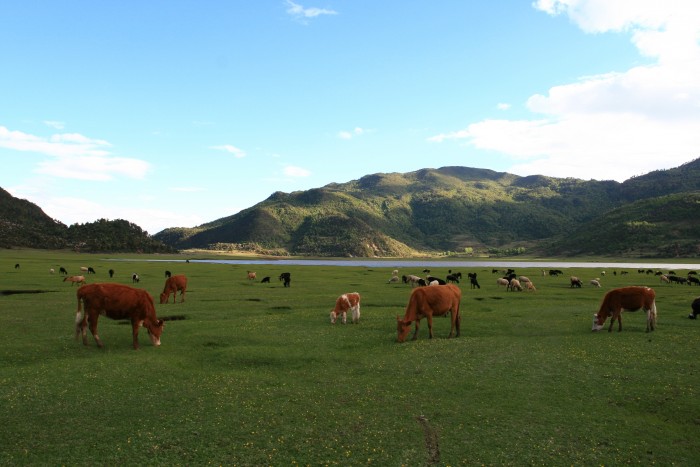
Wenhai Valley | Image by AsiaTravel
There’s also the option of Baisha Old Town, where you’ll be shown how to make a bronze tea set and have the opportunity to share a meal with a local family. Other travelers in this area have said that it was the people that really stood out to them, so we’ve taken special care to make interacting with the residents, whether a Shaman or a family, a key part of the experience.
Next Stop: Tacheng
Only four hours away from Shangri-La, Tacheng is home to one of the strangest, most adorable creatures you’re likely to find on a trip: the Snub-Nosed Monkey. Unfortunately, they have become endangered as a result of their exceptionally soft fur and people believing that their bones have medicinal properties. Luckily, a sanctuary has been established to help protect these lovable animals. Delight in their antics while wandering through the conservatory and basking in its natural beauty.
Beyond wildlife, you will also have the opportunity to visit a family and learn about their lives as they share stories over fresh soy milk and tofu. We find that some of the most interesting experiences can be simply seeing and hearing how people from another culture live while figuratively breaking bread with them.
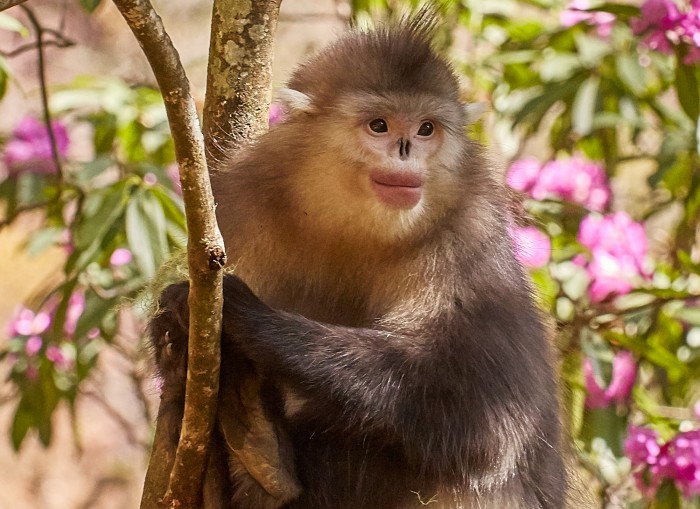
Snub-Nosed Monkey in Yunnan | Image by AsiaTravel Client Karen Ahn
If you’re up for it, there is also a famous cave near Elephant Trunk Mountain which is said to have been home to the Buddha on his path to enlightenment. Join the pilgrimage to this holy site and visit a temple that was built there by over one thousand followers.
Grand Finale: Shangri-La
While Shangri-La is a mythical city, it also became a literal city when Zhongdian officially changed its name to match that from James Hilton’s famous novel, Lost Horizon. Located about 3,200m above sea level, the city is surrounded by snow-capped mountains, primeval forests, and several bodies of water.
On your adventures through Shangri-La, visit the Songzanlin Monastery, known to resemble the former palace of the Dalai Lama in Lhasa. Home to over 700 monks, it is the biggest Tibetan monastery in Yunnan. While there, step away from your typical way of life as you watch monks debate theology and philosophy.
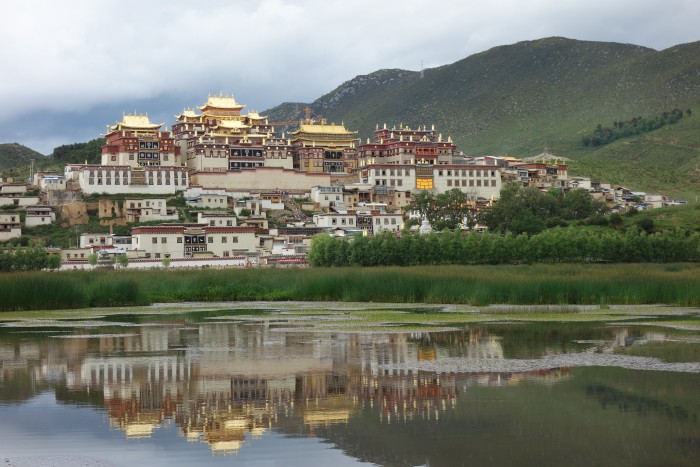
The Songzanlin Monastery in Shangri-La | Image by AsiaTravel Client Steve Frazier
If nature is more your thing, soak up the sounds of the wild on a hike around Pudacuo National Park and explore the park’s numerous cobalt lakes, lushly forested mountains, endless grasslands, and flowing rivers. Though the region may be small – it only covers 0.7% of China’s landmass – it is one of the most biodiverse regions on the planet and contains over 20% of the country’s plant species and almost 100 endangered animal species. Truly a nature lover’s dream!
If you’re eager to slow down and delve into this diverse corner of the world, we invite you to look at our new Dreaming of Shangri-La: Yunnan’s Tibetan Valleys journey is for you. From mingling with shamans and monks to discovering ancient villages and verdant natural spaces, each experience in this veritable paradise will surely spark a lust for deeper connections on your future adventures.

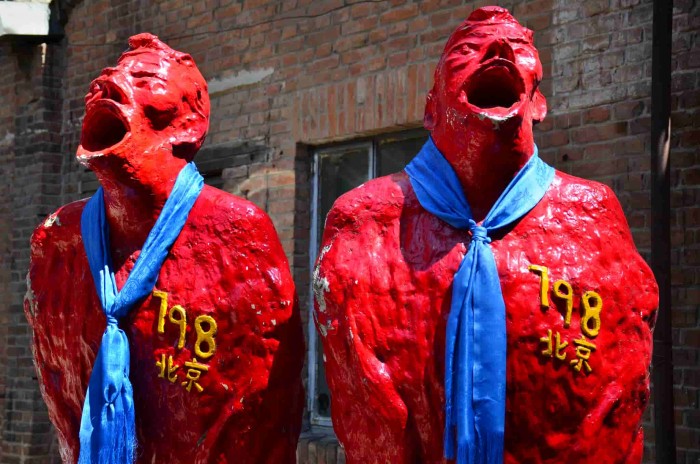 Picture by Anthony G. Reyes on Flickr
Picture by Anthony G. Reyes on Flickr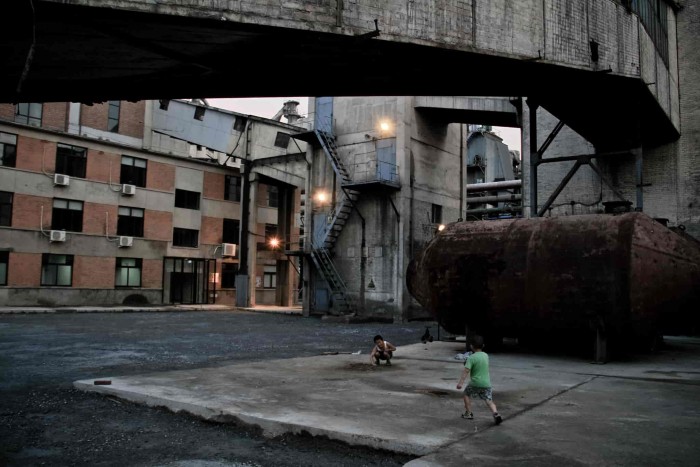
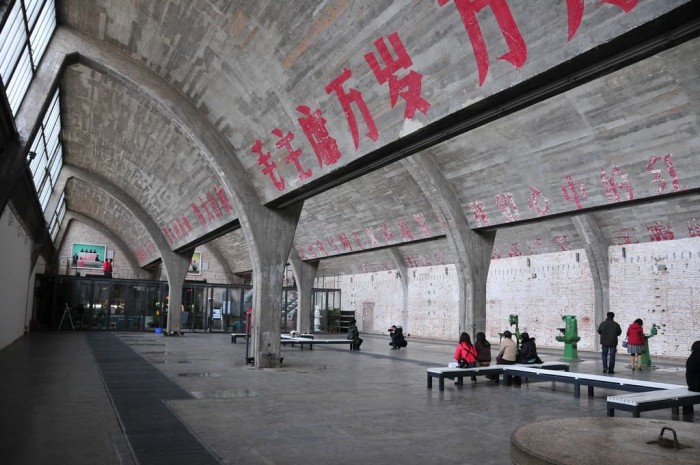 Maoist Slogans in 798 | Picture by: drnan tu on Flickr
Maoist Slogans in 798 | Picture by: drnan tu on Flickr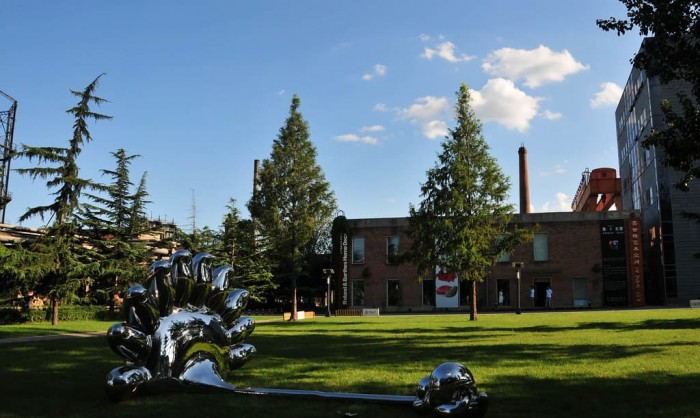 Sculptures and Galleries in 798 | Picture by: drnan tu on Flickr
Sculptures and Galleries in 798 | Picture by: drnan tu on Flickr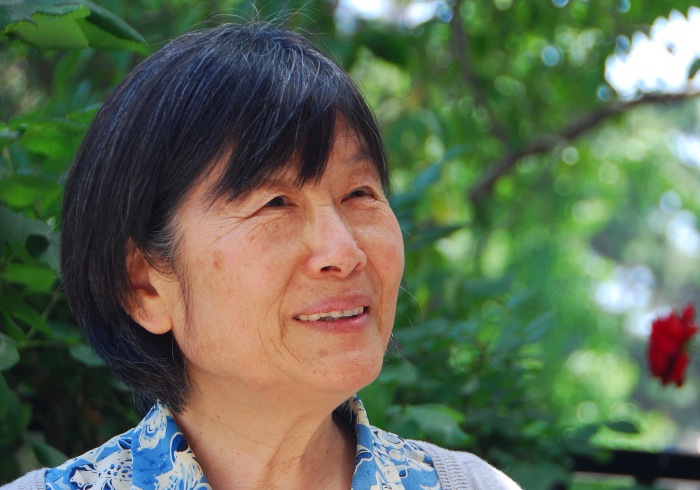
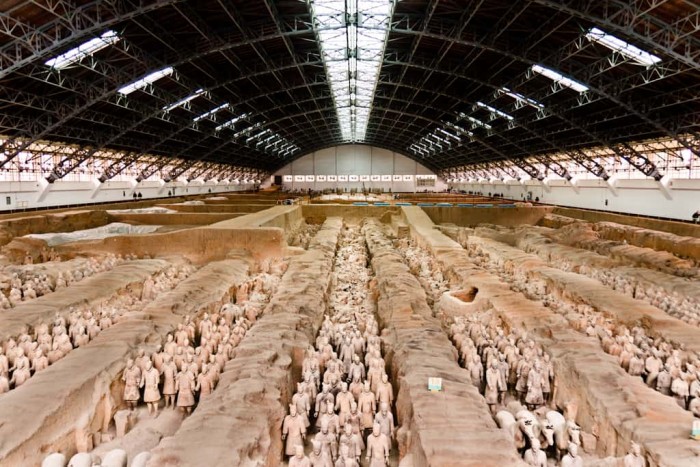
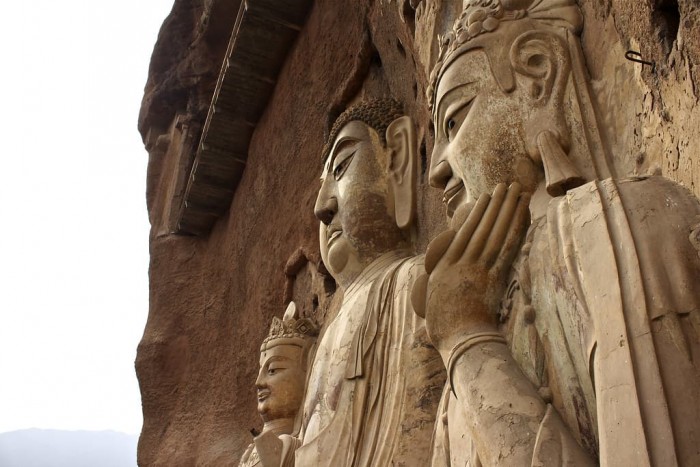
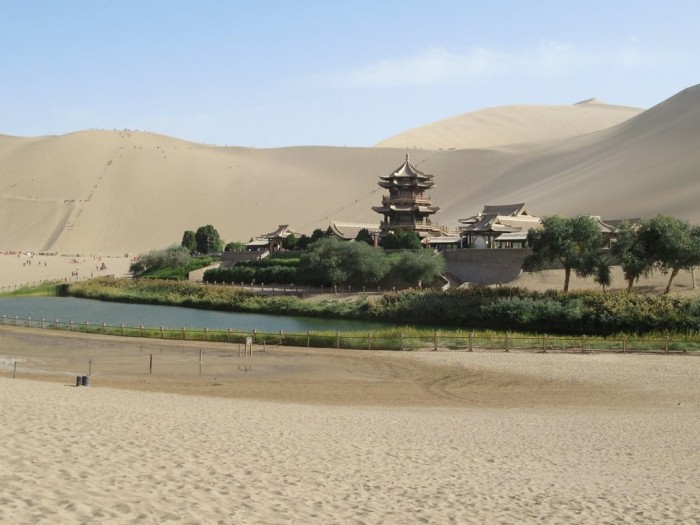
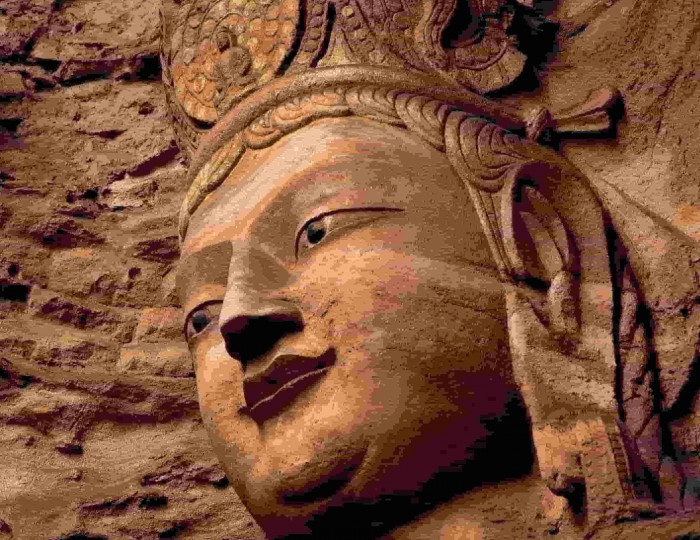
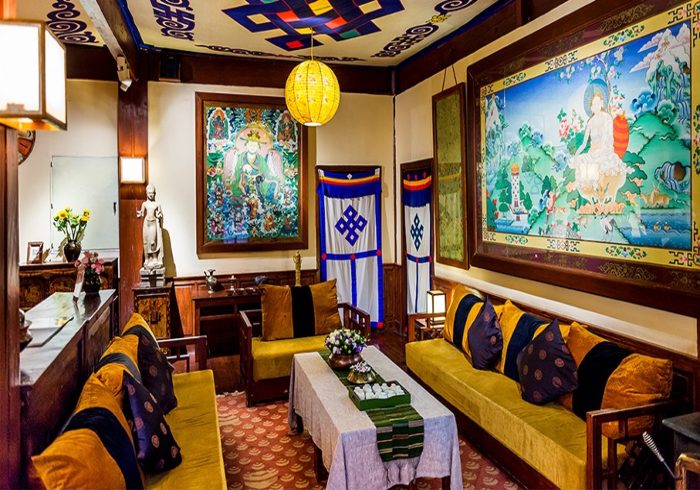
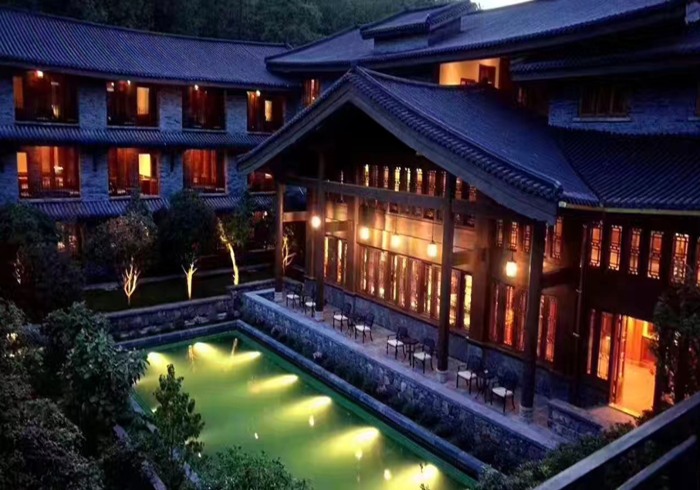
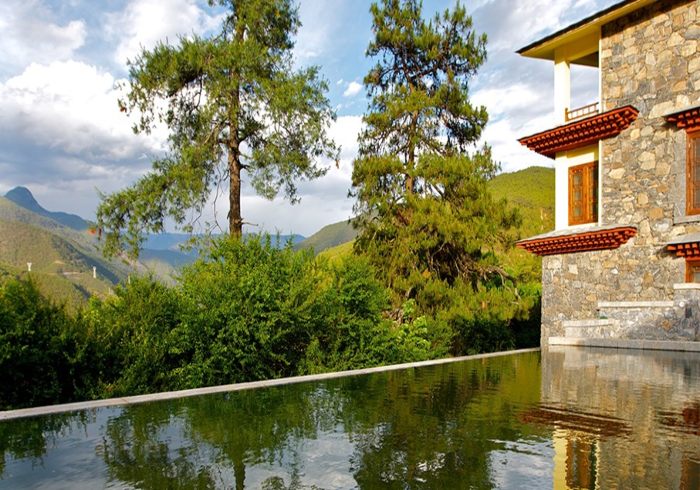
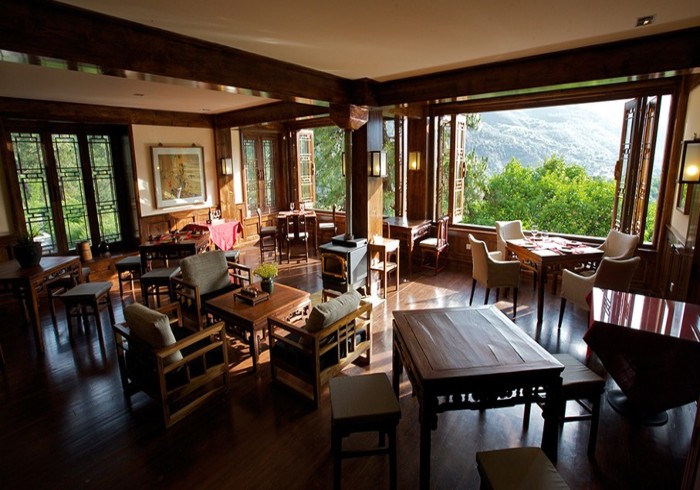
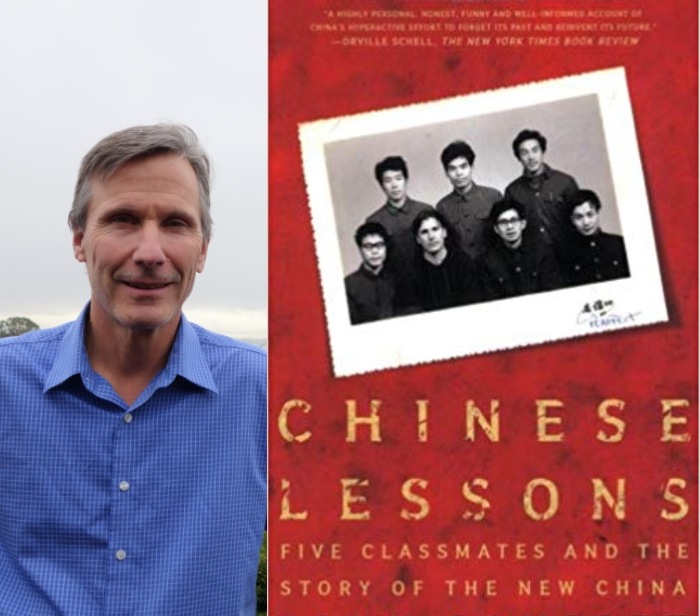
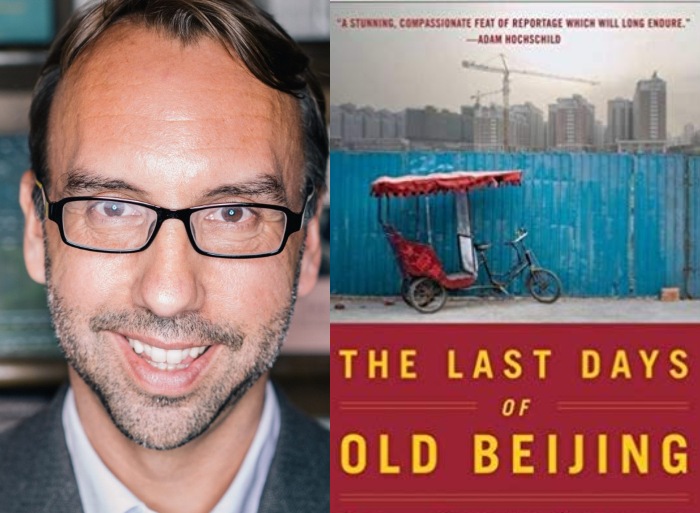





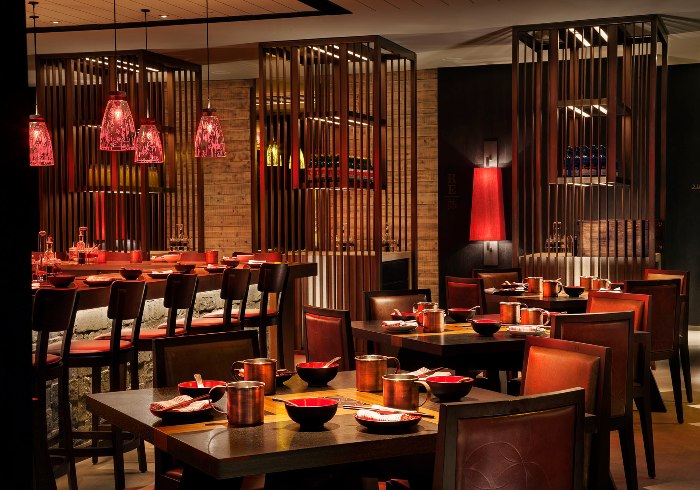


 A rugged Jeff Fuchs stares down the lens | Photo by Jeff Fuchs
A rugged Jeff Fuchs stares down the lens | Photo by Jeff Fuchs